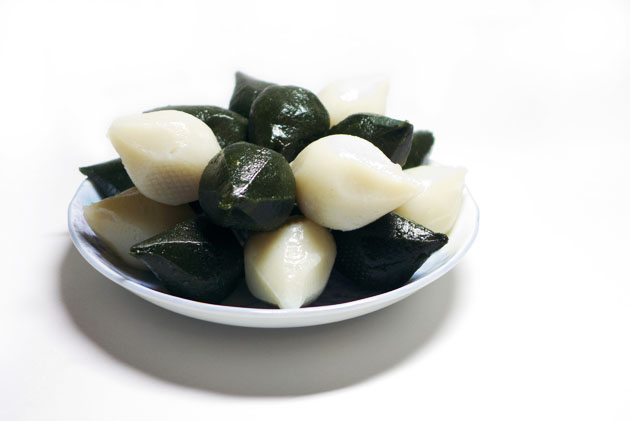
Thanksgiving in Many Cultural Forms
By Tris Marlis - Wednesday, Nov 27, 2013
It’s largely a Canadian and American festival dedicated to giving appreciation, blessings and gratitude for the abundance of harvest for the year. In their culinary language, Thanksgiving is largely defined as turkey, cranberry sauce, mash potato and pumpkin pie. Its synonyms with other cultural languages would be chicken, prawns and vegetables at Chinese New Year reunion dinners or even having lemang and rendang during Hari Raya festivities. Every culture around the world observes similar celebrations to give thanks for the blessings, but every culture has its own unique offering.
The turkey became a mainstay at the dining table during festive season as it was a staple in the Native American diet during her pioneering days back in the 1600s. Today, turkey is seen as healthier lean meat substitute. The spread during a Thanksgiving dinner is comforting and yet not commonly enjoyed throughout the year – giant oven roasted turkey, cranberry sauce and pumpkin pie. Like Hari Raya, friends and families are welcome to come in and enjoy the wonderful spread throughout the days.

The harvest festival for Chinese is better known as the Zhong Qiu Jie (mid-autumn festival), which is held on the 15th day of the eight month in the Chinese calendar. Families would gather to devour mooncakes, one of the hallmark traditions of this festival. The shape of the mooncake is round to signify completeness and unity of families, while the golden egg yolk represents the full moon. Of course, it is accompanied by a reunion dinner, ideally with home-cooked dishes.

In Korea, Chuseok (the great mid-autumn) is a major harvest festival celebrated similarly, on the 15th day of the eight month of the lunar calendar for three days. Koreans would visit their ancestral hometowns where family members would prepare traditional Korean food, such as Songpyeon (glutinous rice dumplings) and rice wine. The dumpling skin which is as round as full moon is folded into half to resemble a half-moon. The Koreans believe that the half-moon shape is an indicator of a bright future or victory.

The harvest festival in Japan is when the locals would harvest their first crops of rice, Japan’s most famous agricultural product. After World War II, the festival is named as Kinro Kansha No Hi, also known as labour thanksgiving day. Besides celebrating rice crop, today’s thanksgiving day in Japan is a day to recognise the importance of human rights. Every year on the 24th of November, people would visit their local temple to reflect on the issue of surrounding peace.
At the end of harvest season, the south Indians celebrate Pongal, which is usually held from January 13 to 16. The name “pongal” itself refers to the “boiling over” of milk and rice during the harvest month. Rice and milk are cooked with other ingredients, such as cardamom, jiggery and raisins, under sunlight as the dish is dedicated to the Sun God, Surya. The community will then serve the pongal rice on banana leaves and distribute to those who are present.
It does not matter if it’s mooncake, rice or turkey, round, half-round or even in irregular shape, thanksgiving is all about celebrating blessings we have received the previous year and look forward to another harvest season. Thanksgiving is when family and friends gather, and what’s better than gathering over a good homey chow. Happy Thanksgiving to our readers who are celebrating!
And if you need turkey ideas away from the traditional cranberry sauce and pumpkin pie, try curry or buah keluak turkey with French loaves or nasi lemak. No rules here, just a necessity that you give thanks and praise to providence.


